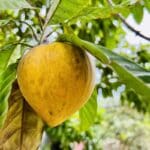
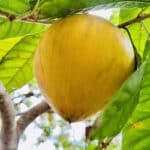
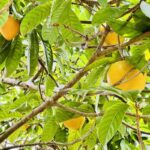
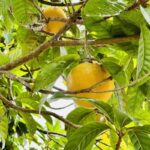
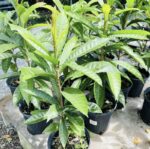
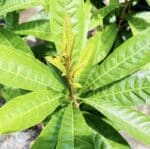
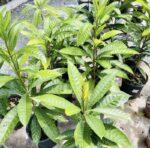
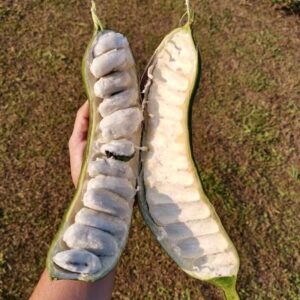

Canistel (Pouteria campechiana) tropical fruit tree 1’-2’ feet tall
$80.00 Original price was: $80.00.$39.99Current price is: $39.99.
Canistel, also known as eggfruit, is a tropical fruit with a unique flavor and texture. Its smooth, creamy flesh has been described as tasting like sweet potato, pumpkin, and custard all at once. The fruit is typically yellow or orange and oval-shaped, with a thin skin that is easily peeled. Canistel is rich in nutrients like vitamin A and fiber, making it a healthy and delicious addition to your diet. This versatile fruit can be eaten fresh, used in desserts, or even blended into smoothies. Whether you’re a fruit enthusiast or just looking to try something new, canistel is sure to delight your taste buds with its one-of-a-kind flavor and texture.
A curious fact about the canistel tree is that it has a unique way of producing fruit. Unlike most fruit trees, which produce flowers and fruit on the same branch, the canistel tree separates its flower and fruit production. The tree first produces male flowers on one set of branches, and then produces female flowers on a separate set of branches at a later time. This unusual reproductive strategy is thought to increase the chances of successful pollination and fruit production, and is one of the many fascinating adaptations that make the canistel tree such a unique and intriguing plant.
Canistel, also known as Pouteria campechiana, is a tropical fruit tree that is native to southern Mexico, Belize, Guatemala, and El Salvador. It is a slow-growing evergreen tree that can reach heights of up to 30 feet tall when mature. The tree produces small, inconspicuous flowers that are followed by the fruit, which is typically harvested in the fall or winter.
Planting Instructions: Canistel trees thrive in warm, tropical climates and are best suited for USDA Hardiness Zones 10-11. If you live in a cooler climate, you can still grow canistel trees in containers and bring them indoors during the colder months. When planting a canistel tree, choose a location that receives full sun and has well-draining soil. The tree prefers soil that is slightly acidic, with a pH between 6.0 and 6.5. Dig a hole that is twice the size of the root ball and mix in compost or other organic matter to improve soil fertility. Plant the tree at the same depth it was in its container and backfill the hole, making sure to tamp down the soil to eliminate air pockets. Water the tree thoroughly and add a layer of mulch around the base to help retain moisture.
Care Instructions: Once planted, canistel trees require minimal care to thrive. Regular watering is important during the tree’s first year, as it becomes established in its new environment. Water the tree deeply once or twice a week, depending on the weather and soil conditions. In addition, fertilize the tree with a balanced fertilizer every 3-4 months during the growing season. This will provide the tree with the necessary nutrients to produce healthy growth and fruit. Canistel trees are relatively pest-free, but keep an eye out for aphids, mealybugs, and other common garden pests. If pests become a problem, treat the tree with an insecticidal soap or neem oil spray.
Pruning: Pruning canistel trees is essential to maintain their size and shape. The tree should be pruned annually during the dormant season, which is typically in late winter or early spring. Prune away any dead or damaged branches, as well as any growth that is crossing or rubbing against other branches. This will promote healthy growth and improve air circulation throughout the tree.
Harvesting: Canistel fruit is typically harvested in the fall or winter when it is fully ripe. Ripe fruit will have a slightly soft texture and a golden-yellow or orange color. To harvest the fruit, simply twist it gently from the tree or cut it off with a pair of pruning shears. The fruit is best eaten fresh, but can also be used in desserts, smoothies, and other culinary creations.
In conclusion, the canistel tree is a beautiful and rewarding addition to any tropical landscape or garden. With proper planting and care, you can enjoy the sweet and delicious fruit of this unique tree for many years to come.
| Weight | 15 oz |
|---|---|
| Dimensions | 22 × 4 × 4 in |
| Planting bag and soil? |
Planting bag and soil ,i have soil and container |

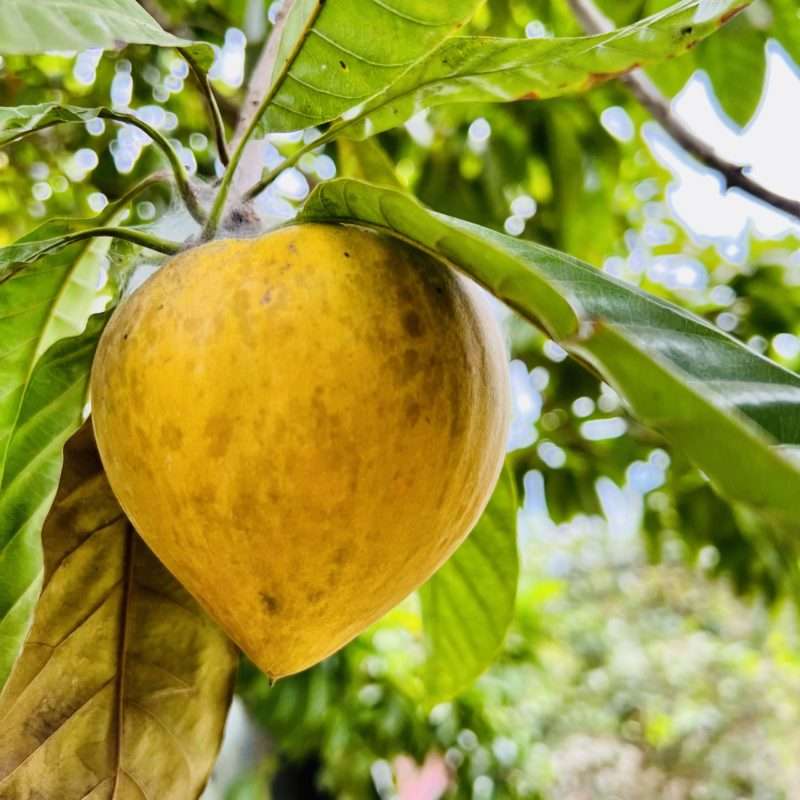
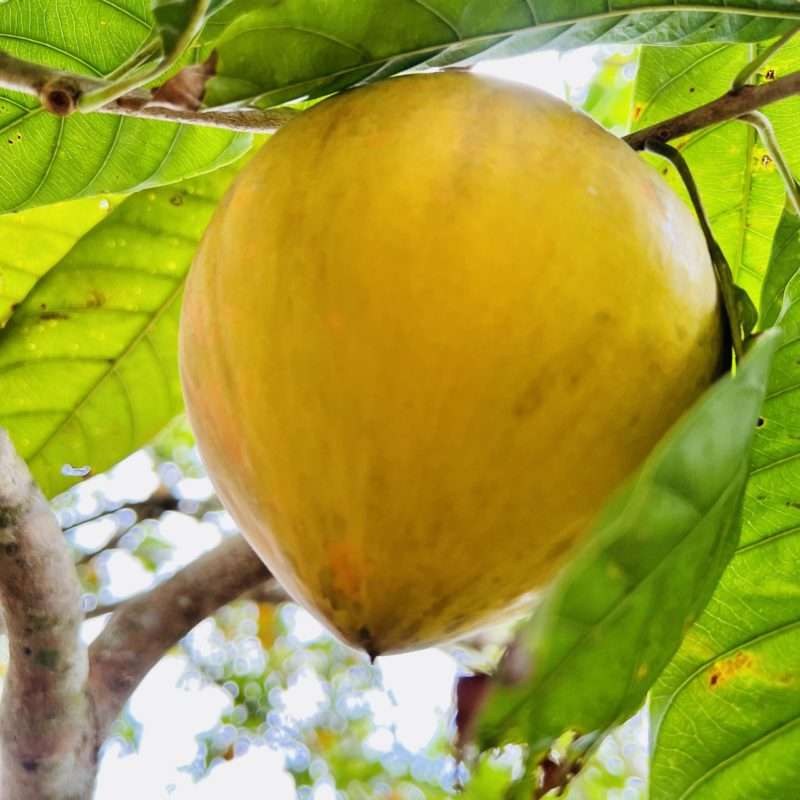
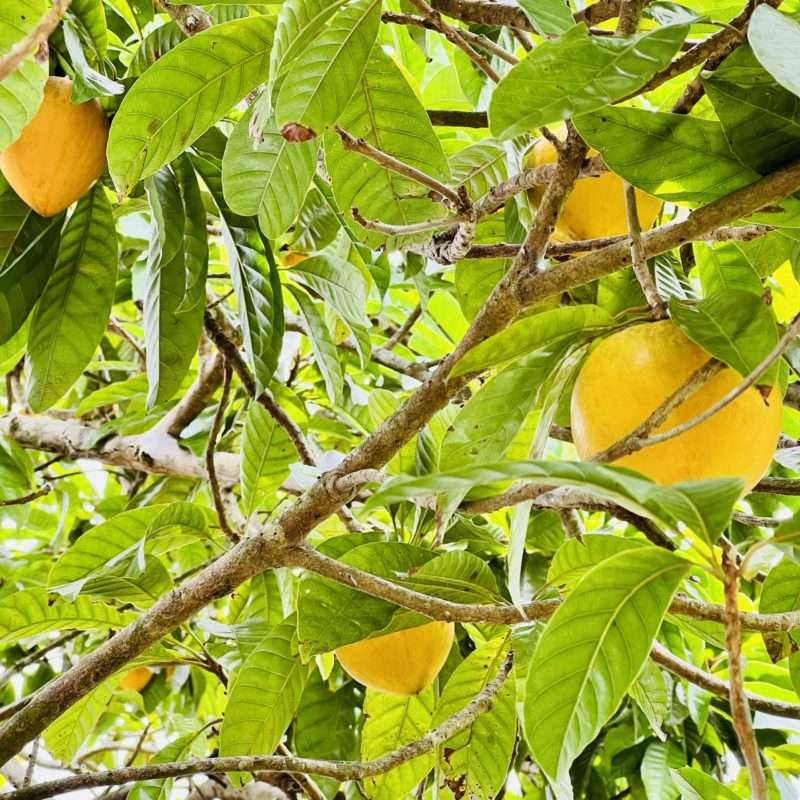
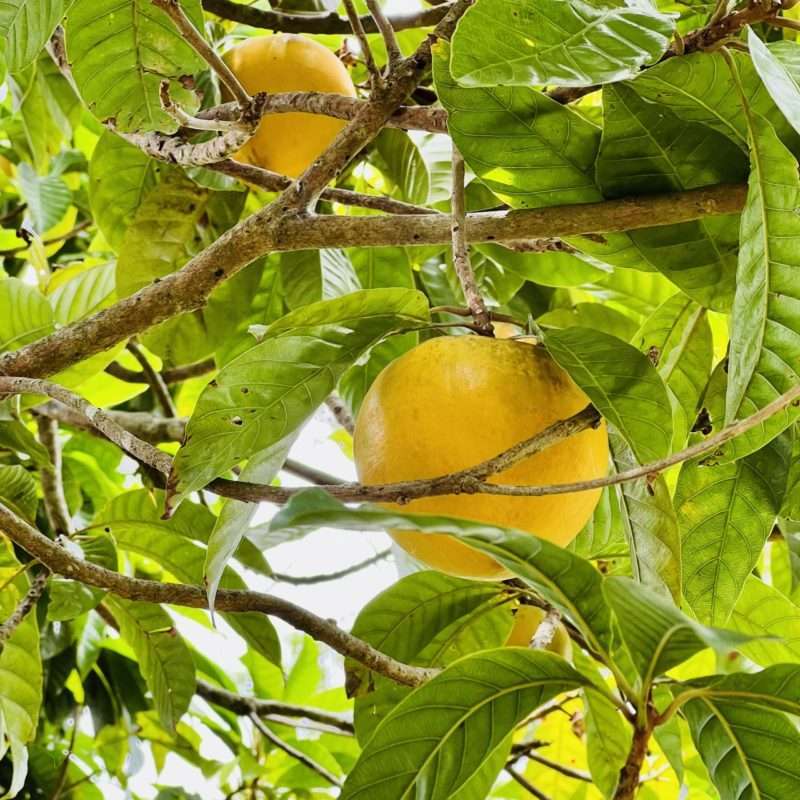
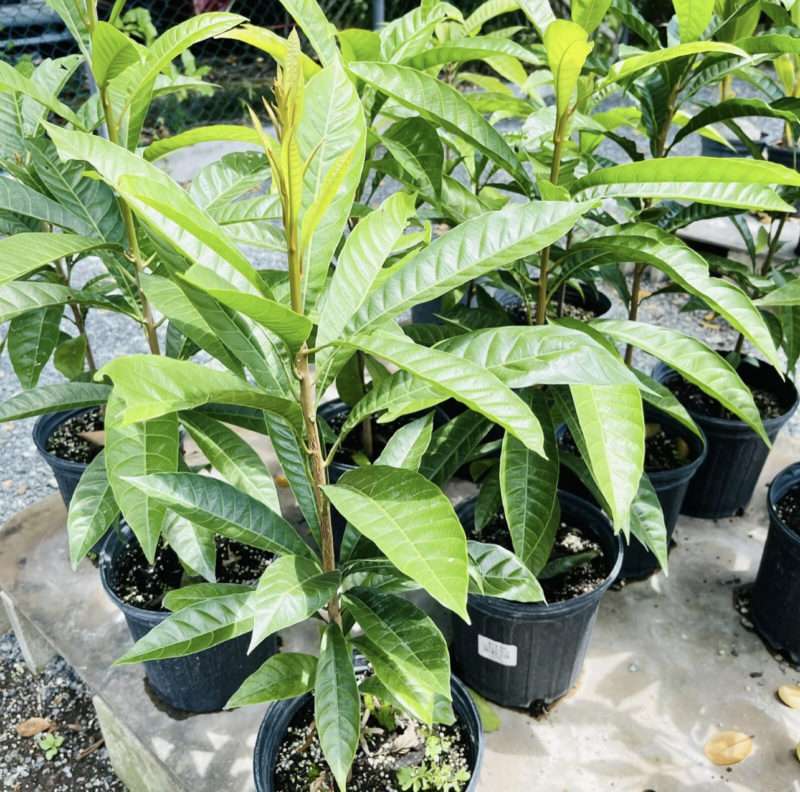
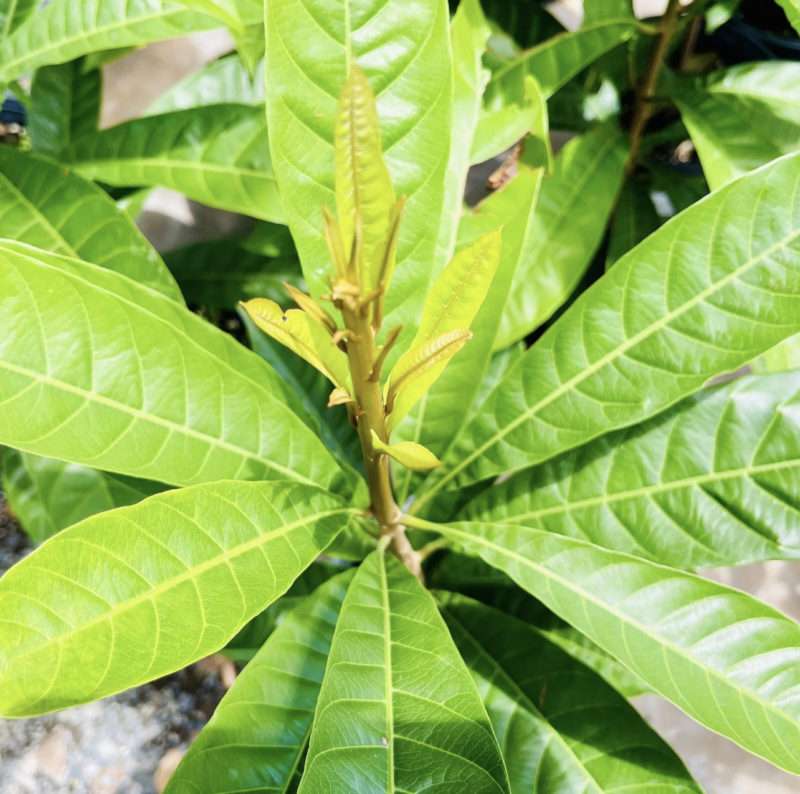
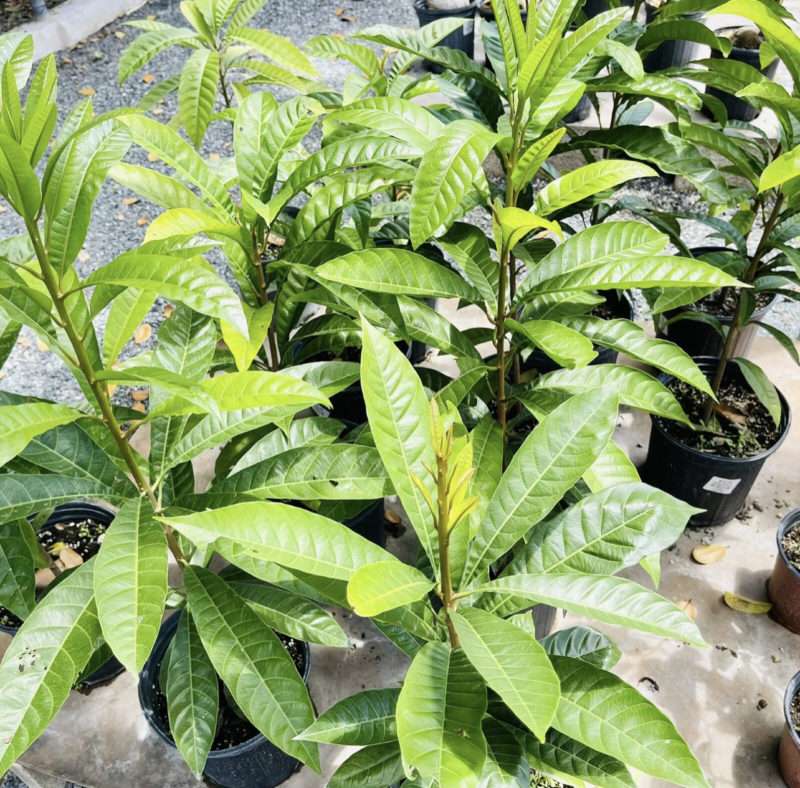

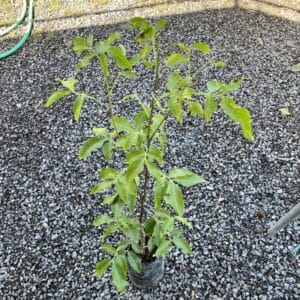





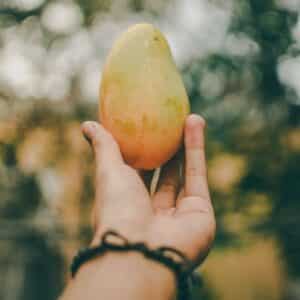

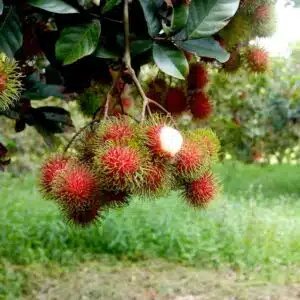
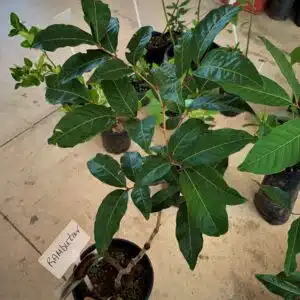
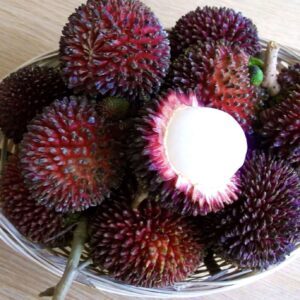
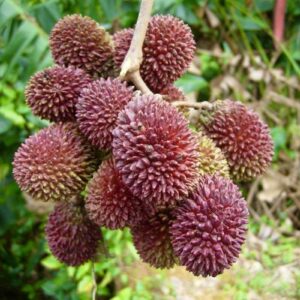
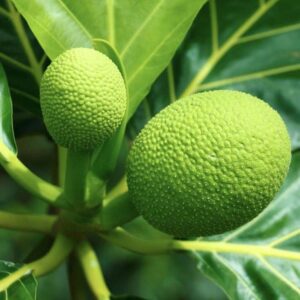
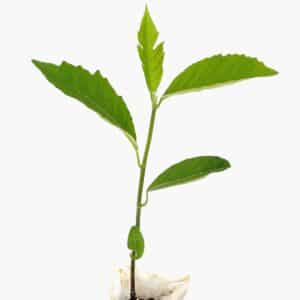
Reviews
There are no reviews yet.